Cats are often known for their independent and sometimes quirky behavior. However, there are times when your feline friend might become overly hyperactive or anxious, making it difficult to maintain a peaceful home environment. Whether it’s due to stress, overstimulation, or simply a burst of energy, learning how to calm your cat is key to both your well-being and theirs. Each cat is unique, so not all methods will work for every pet. However, the following ten tips can provide a great starting point in calming your “crazy” cat as we enjoy some pictures of cats doing the weirdest of things.

1. Create a Calm Environment
One of the first things you can do to help a frantic cat is to ensure their environment is as calm as possible. Loud noises, bright lights, or chaotic surroundings can increase stress in cats. Try turning down the volume on the television or music, dim the lights in their favorite room, and ensure there are plenty of cosy nooks for them to retreat to. Even a small reduction in external stimulation can make a big difference.
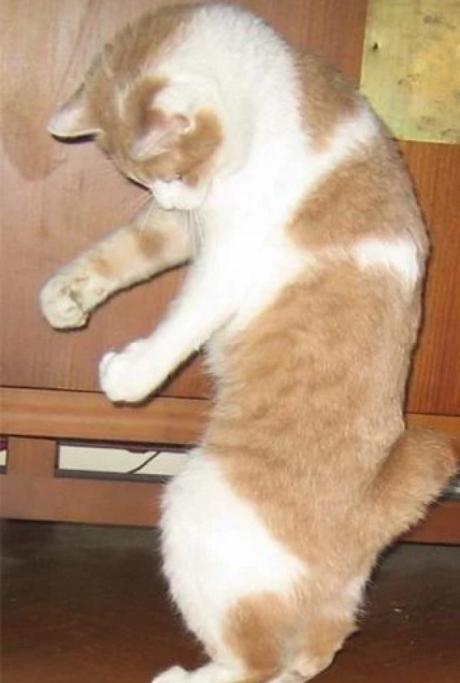
2. Use Calming Scents
Cats are highly sensitive to smells, and certain scents can help soothe them. Lavender and chamomile are two examples of natural herbs known for their calming properties. You can also try using a synthetic cat pheromone spray, such as Feliway, which mimics the scent of the calming pheromones cats release when they feel safe and comfortable. These can work wonders in creating a serene atmosphere.
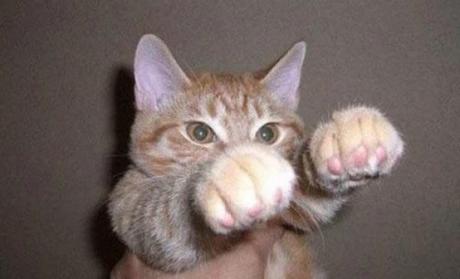
3. Regular Playtime to Release Energy
Often, what appears to be erratic or “crazy” behavior is simply excess energy that needs to be burned off. Regular play sessions can help your cat release this energy in a productive way. Interactive toys like laser pointers, feather wands, or ball track toys can engage their hunting instincts and tire them out. Aim for at least 10-15 minutes of play twice a day to keep your cat happy and more relaxed.

4. Offer a Safe Hiding Spot
Cats are naturally drawn to enclosed spaces when they’re feeling overwhelmed. Providing your cat with a safe, quiet spot where they can hide and feel secure can go a long way in reducing their anxiety. A cat tree with a built-in hideaway, a cosy bed tucked into a corner, or even a box with a blanket can become their sanctuary when the world becomes too much for them.
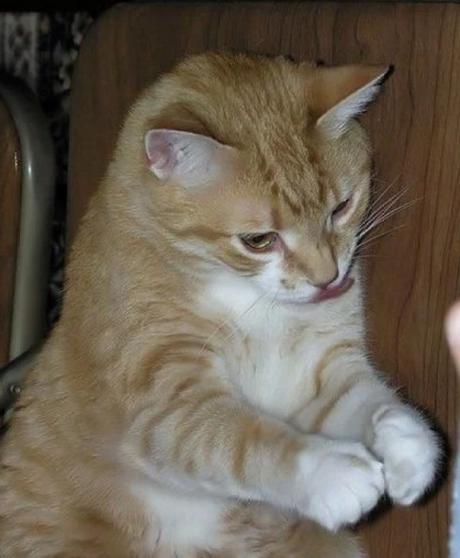
5. Try Calming Music or Sounds
Believe it or not, music can have a calming effect on cats, much like it does for humans. There are even playlists and soundtracks specifically designed for pets. Soft classical music or ambient nature sounds can help reduce your cat’s stress levels. Alternatively, there are calming tracks with frequencies that are specifically tuned to soothe cats, which can be found online or through dedicated apps.
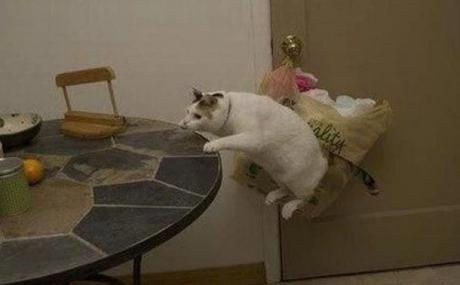
6. Gentle Petting and Massage
Physical touch, when welcomed by the cat, can be a great way to help them relax. Start by gently stroking your cat’s back or behind their ears. If they seem receptive, you can try a gentle massage by making small circular motions along their shoulders and back. Always be mindful of your cat’s body language; if they start to move away or seem agitated, it’s best to stop and give them space.

7. Keep a Routine
Cats thrive on routine, and disruptions to their daily schedule can cause anxiety. Maintaining a consistent routine for feeding, playtime, and even sleep can help your cat feel more secure. When they know what to expect and when to expect it, they’re less likely to become anxious or overactive. Try to feed them at the same times each day and have regular play sessions to keep their energy levels balanced.

8. Use Puzzle Feeders or Interactive Treats
Mentally stimulating activities can be an excellent way to calm a restless cat. Puzzle feeders and treat-dispensing toys keep your cat engaged and focused on a task, which can help reduce hyperactive behavior. These tools also serve the dual purpose of slowing down fast eaters and offering a rewarding mental challenge, keeping your cat occupied in a healthy way.

9. Try Herbal Remedies or Supplements
Natural remedies can sometimes offer a calming effect on cats. Herbs like valerian root, catnip (in moderation), and certain specially formulated calming supplements can help reduce anxiety. Some cat owners have also found success using CBD oil for pets, though it’s important to always consult your vet before introducing any new supplements to your cat’s routine.
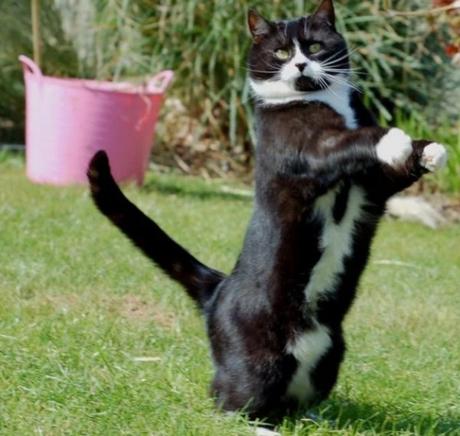
10. Give Them Space When Needed
Finally, one of the most important things you can do to calm your cat is to give them space when they need it. Cats are highly independent animals, and sometimes, the best way to help them settle down is by allowing them time alone to decompress. Pay attention to their cues—if they retreat to a quiet corner or hide under the bed, respect their need for solitude. Trying to force interaction when they’re feeling anxious can make things worse.
Calming down a “crazy” cat requires a mix of patience, understanding, and a few practical tricks. By creating a peaceful environment, keeping a routine, offering physical and mental stimulation, and knowing when to give your cat space, you can help reduce their anxiety and hyperactivity. Keep in mind that every cat is different, so it may take some time to find the techniques that work best for your furry friend. With persistence and love, your once-wild kitty can become the picture of calm.

